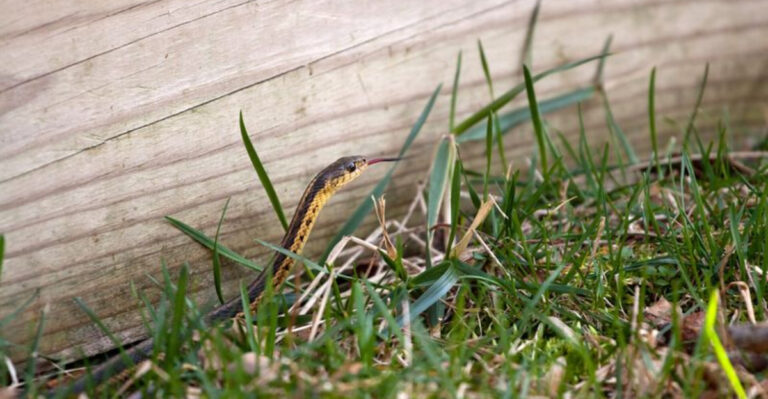What’s Threatening The Monarch Butterfly And How You Can Help
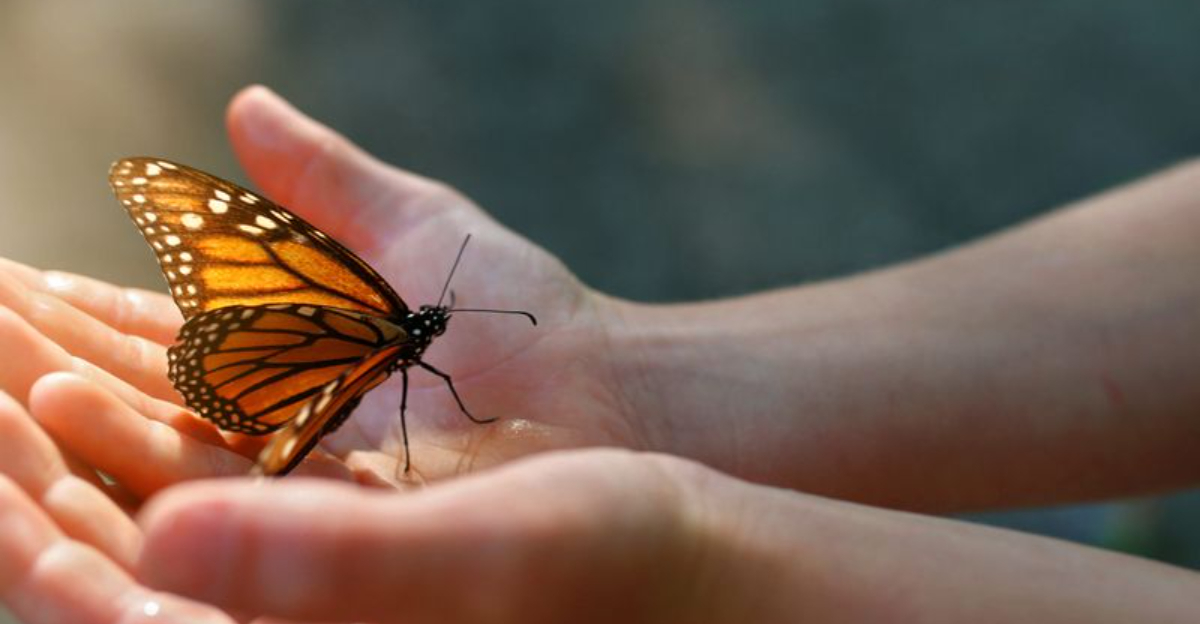
Monarch butterflies, with their striking orange and black wings, are facing a crisis. Their population has plummeted by over 80% in recent decades due to habitat loss, climate change, and pesticide use.
These incredible insects migrate thousands of miles between Mexico and Canada each year, pollinating plants along their journey.
By understanding what threatens monarchs and taking simple actions, we can help save these beautiful creatures before it’s too late.
1. Milkweed Destruction
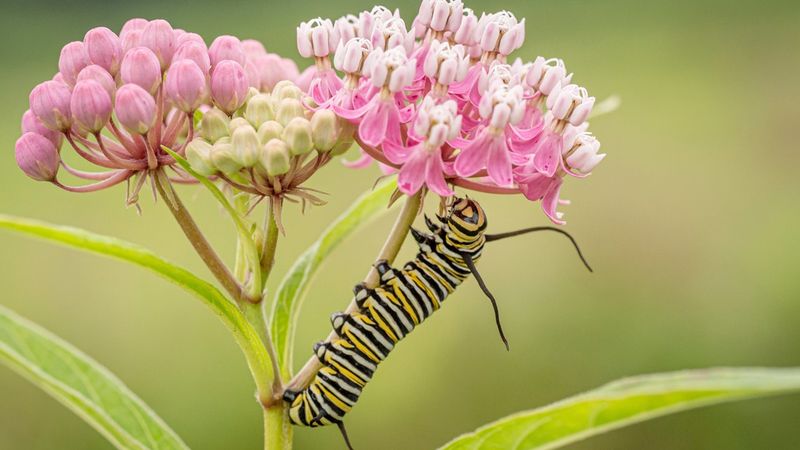
Monarch caterpillars exclusively eat milkweed plants – without them, they simply can’t survive. Modern farming practices and urban development have wiped out millions of acres of milkweed across North America.
Herbicide use on farms and roadside mowing destroys these vital plants before monarchs can use them. The widespread use of Roundup has been particularly devastating since it kills milkweed without harming crops.
When female monarchs can’t find milkweed to lay their eggs, an entire generation is lost. This single factor might be the biggest threat to their survival.
2. Climate Change Disruption

Warming temperatures are throwing monarch migration patterns into chaos. These butterflies rely on precise environmental cues to know when to begin their journey, and climate change is scrambling these signals.
Extreme weather events like droughts, floods, and unseasonable cold snaps can kill millions of monarchs at once. In 2002, a single winter storm in Mexico wiped out nearly 80% of the eastern monarch population.
Rising temperatures also affect milkweed growth patterns, potentially creating mismatches between when caterpillars hatch and when their food is available.
3. Pesticide Poisoning
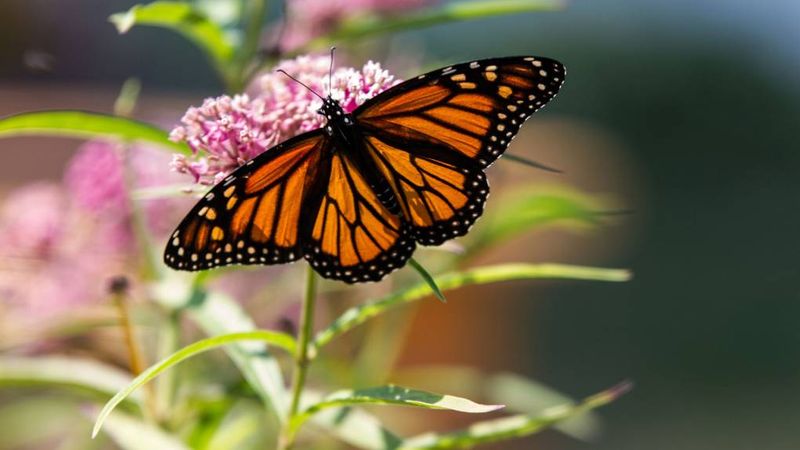
Neonicotinoids and other common pesticides aren’t just killing garden pests – they’re poisoning monarchs too. These chemicals contaminate milkweed plants, making them toxic to the very caterpillars that depend on them.
Even sublethal doses can cause problems. Butterflies exposed to small amounts may develop deformities, have trouble navigating, or produce fewer eggs. Many gardeners unknowingly purchase plants pre-treated with these harmful chemicals.
The pesticide problem extends beyond farms to parks, golf courses, and home gardens where chemical treatments have become routine.
4. Logging In Overwintering Sites
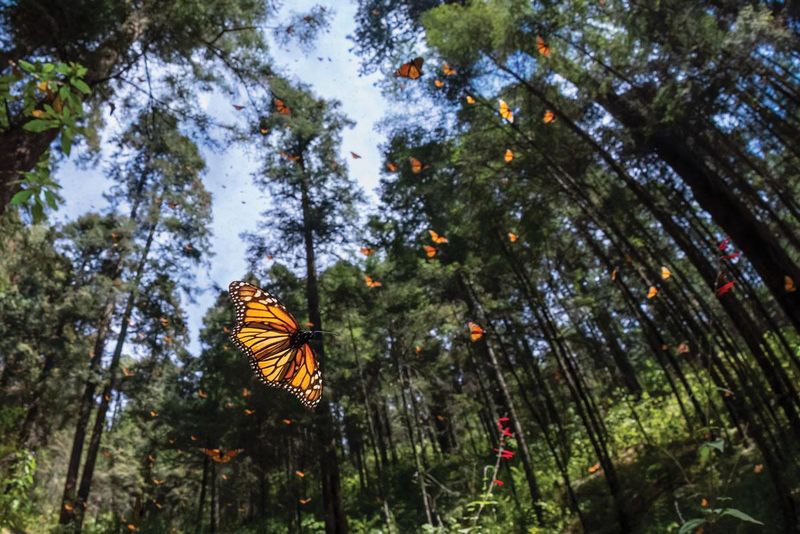
Millions of monarchs cluster together in just a handful of mountain forests in central Mexico each winter. These fragile sanctuaries face constant pressure from illegal logging operations that remove the protective tree cover the butterflies need.
Without the dense oyamel fir forests, monarchs become vulnerable to cold, predators, and storms. A single night below freezing can kill millions when trees are removed. Though Mexican authorities have established reserves, enforcement remains challenging.
The economic pressures facing local communities often drive logging, creating a complex conservation challenge that requires addressing human needs alongside butterfly protection.
5. Roadside Mowing Practices
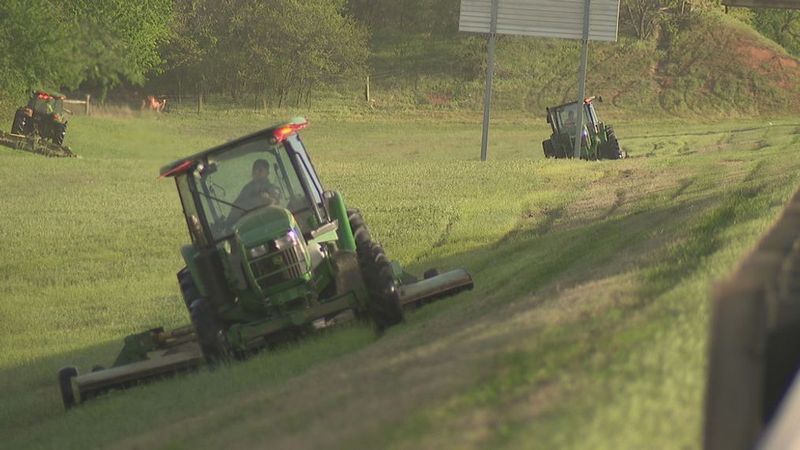
Highway departments across North America routinely mow roadsides during summer months – exactly when monarchs need flowering plants and milkweed the most. These roadside corridors could serve as vital habitat connecting fragmented butterfly populations.
Mowing at the wrong time destroys eggs and caterpillars directly while eliminating food sources for adult butterflies. Just changing the timing of mowing can make a huge difference, allowing plants to flower and monarchs to complete their life cycle.
Some states have begun adjusting their practices, mowing only early spring and late fall to preserve monarch habitat during critical summer months.
6. Planting Native Milkweed Gardens
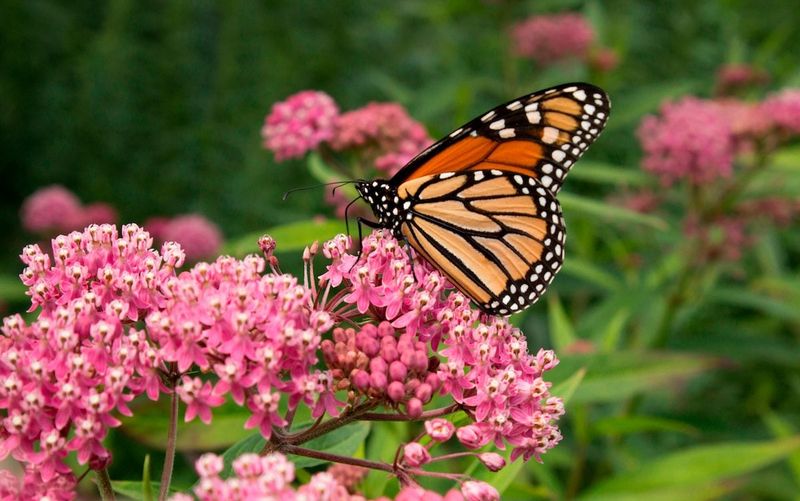
Creating a monarch waystation in your yard provides crucial habitat these butterflies desperately need. Even a small patch of native milkweed can support multiple generations of monarchs.
Choose milkweed species native to your region – tropical milkweed can actually harm monarchs in some areas by disrupting migration patterns. Common milkweed, swamp milkweed, and butterfly weed work well in most eastern regions, while showy milkweed thrives in western states.
Add nectar plants like coneflowers, zinnias, and asters to feed adult butterflies. Remember to avoid using pesticides that could harm your butterfly visitors!
7. Participating In Citizen Science

Ordinary people armed with smartphones are helping scientists track monarch populations across North America. Programs like Journey North and the Monarch Larva Monitoring Project let anyone report butterfly sightings, creating valuable data for researchers.
Volunteer monitoring helps identify migration patterns, population trends, and habitat needs. The Monarch Watch tagging program allows participants to place tiny stickers on butterfly wings, helping track their incredible journeys.
Schools often participate in these programs, giving kids hands-on experience with conservation science. Your observations might seem small, but collectively they build a critical picture of monarch health across the continent.
8. Supporting Monarch-Friendly Policies
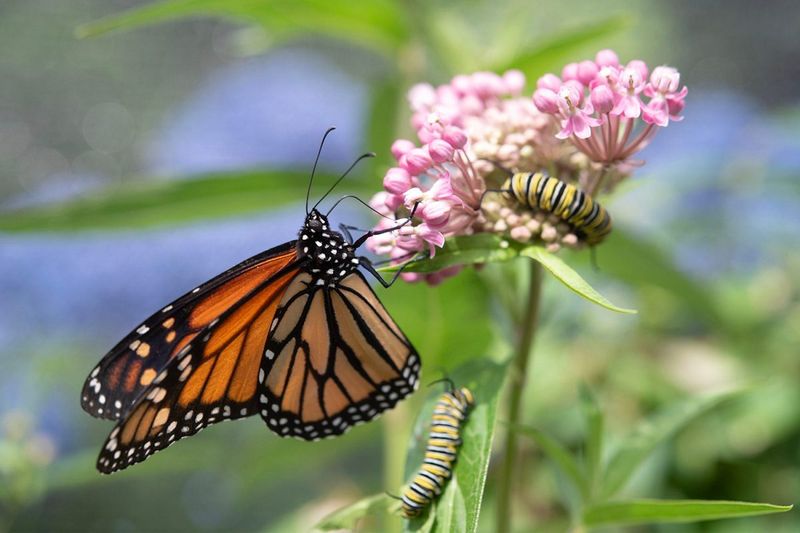
Your voice matters in protecting monarchs through policy change. Contacting elected officials about pesticide regulations, habitat conservation, and climate action directly impacts butterfly survival.
Successful advocacy has already created pollinator protection zones in several states. In Minnesota, legislation now funds roadside habitat restoration specifically for monarchs and other pollinators. Supporting organizations like the Xerces Society amplifies conservation efforts through legal advocacy and policy expertise.
Even local policies matter – encouraging your town to create butterfly-friendly parks or change mowing practices can create significant habitat improvements right where you live.
9. Reducing Tropical Milkweed Problems
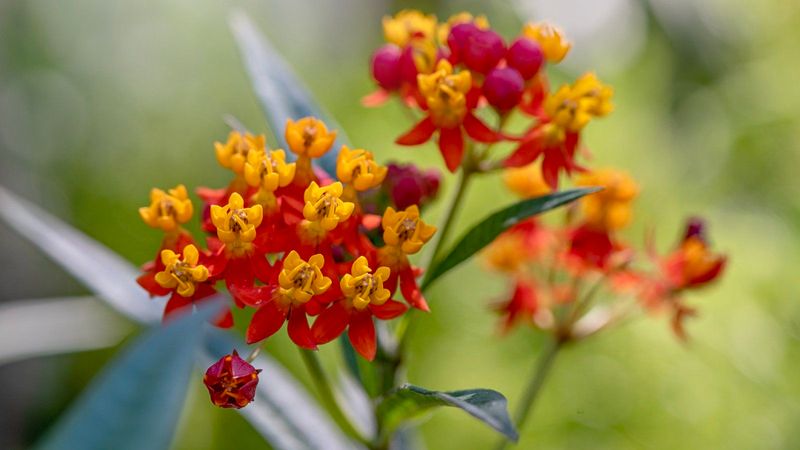
Tropical milkweed sold in many garden centers creates unexpected problems for monarchs. Unlike native milkweed that dies back in winter, tropical varieties stay green year-round in warm climates, disrupting natural migration patterns.
This non-native plant can harbor a dangerous parasite called OE that weakens butterflies and causes deformities. Monarchs that should migrate south may instead stay put on tropical milkweed, making them vulnerable to winter freezes.
If you already have tropical milkweed, cut it back to the ground in fall to mimic natural die-back. Better yet, replace it with native milkweed species adapted to your local ecosystem.
10. Creating Community Monarch Waystations
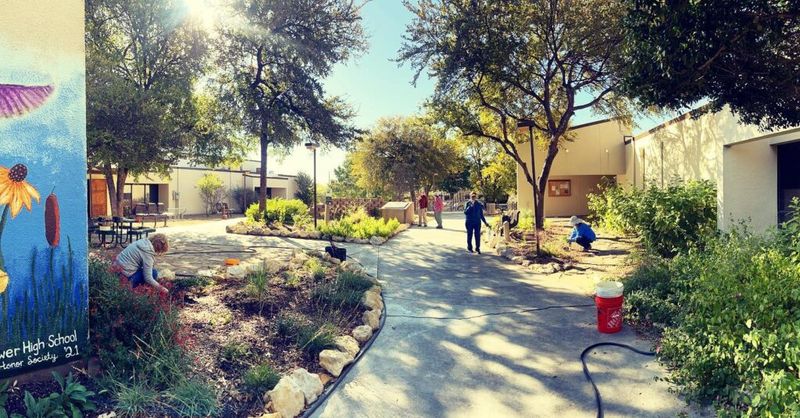
Transforming public spaces into monarch habitats multiplies your conservation impact. Schools, churches, businesses and community centers offer perfect opportunities for creating butterfly gardens that educate while providing essential habitat.
Community gardens bring people together while helping wildlife. The National Wildlife Federation and Monarch Watch offer certification programs that provide guidelines and recognition for your efforts.
Start small with a few milkweed plants and expand gradually. Interpretive signs help visitors understand the importance of your garden and may inspire them to create their own monarch-friendly spaces.
11. Avoiding GMO Crop Impacts
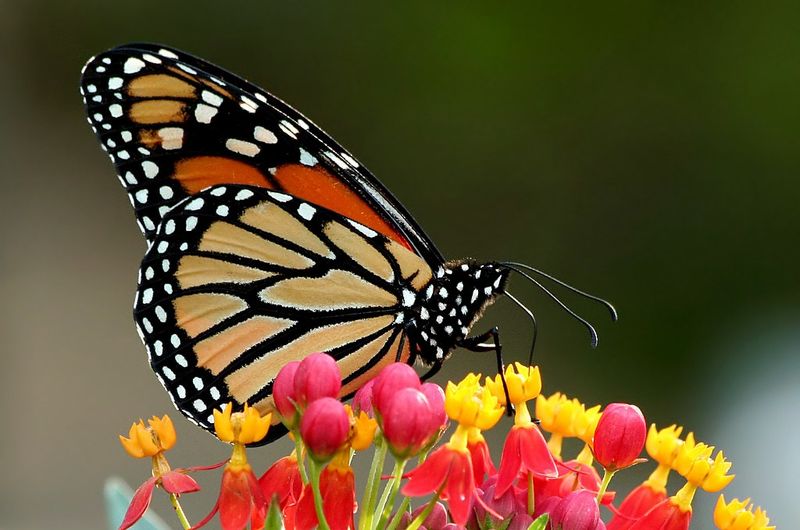
Genetically modified crops resistant to herbicides have dramatically increased weedkiller use across North America’s farmlands. Glyphosate spraying has virtually eliminated milkweed from millions of acres of cropland where monarchs once thrived.
Supporting organic agriculture helps reduce this impact. Organic farmers don’t use synthetic herbicides that kill milkweed, allowing these plants to grow along field edges and between crops.
Buying organic corn, soy, and cotton products sends a market signal supporting farming practices compatible with monarch survival. Some conventional farmers are now establishing butterfly-friendly zones around their fields – another practice worthy of consumer support.
12. Raising Awareness Through Education

Sharing monarch knowledge creates new butterfly advocates. Hosting workshops, giving presentations at schools, or simply talking with neighbors about monarchs spreads conservation awareness throughout your community.
Kids are especially receptive to learning about these fascinating insects. Monarch life cycle demonstrations with real caterpillars captivate young audiences and create lasting conservation values. Libraries often welcome butterfly-themed reading programs or display materials.
Social media offers powerful tools for sharing monarch information and inspiring action. Simple posts about your garden visitors or milkweed plantings can motivate friends to join conservation efforts.





